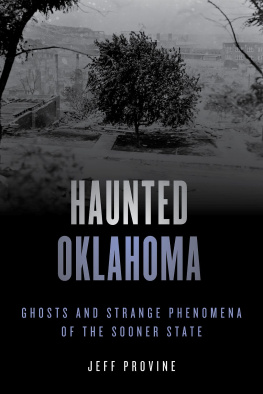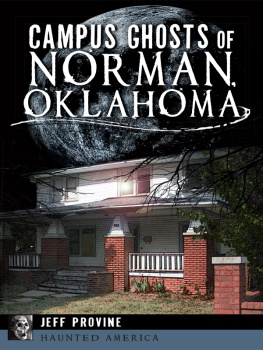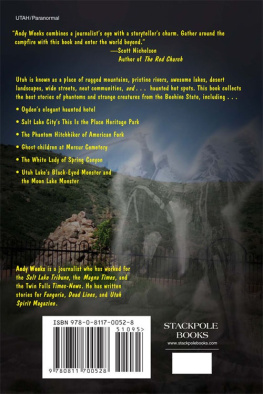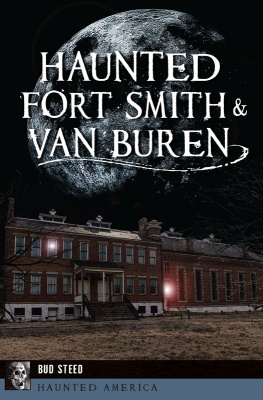


An imprint of Globe Pequot, the trade division of The Rowman & Littlefield Publishing Group, Inc.
4501 Forbes Blvd., Ste. 200
Lanham, MD 20706
www.rowman.com
Distributed by NATIONAL BOOK NETWORK
Copyright 2021 The Rowman & Littlefield Publishing Group, Inc.
All rights reserved. No part of this book may be reproduced in any form or by any electronic or mechanical means, including information storage and retrieval systems, without written permission from the publisher, except by a reviewer who may quote passages in a review.
British Library Cataloguing in Publication Information available
Library of Congress Cataloging-in-Publication Data available
ISBN 978-1-4930-4717-8 (paperback)
ISBN 978-1-4930-4718-5 (e-book)
 The paper used in this publication meets the minimum requirements of American National Standard for Information SciencesPermanence of Paper for Printed Library Materials, ANSI/NISO Z39.48-1992.
The paper used in this publication meets the minimum requirements of American National Standard for Information SciencesPermanence of Paper for Printed Library Materials, ANSI/NISO Z39.48-1992.
CONTENTS
N o one is quite sure where Oklahoma fits. This diversity makes our state one of the most fascinating in the nation.
The hodgepodge that makes up Oklahoma becomes evident as regional maps struggle to decide what category should hold Oklahoma. Most people think of it as the Wild West, following the musical Oklahoma! but a trip through the southeastern part of the state shows antebellum plantation homes and Civil War battlefields far too old for the West. People living up in the hills and forests of the northeast, however, have much more in common with the Midwest as they frequent Kansas and Missouri. Cross I-35 heading westward, however, and the wide-open Great Plains and the mesas of the American Southwest become as commonplace as wide-brimmed hats and thick-soled boots.
Even trying to make a historical statement about Oklahoma is a problem. It is a new state, having only recently held its centennial celebration of statehood from 1907. Looking into North American archaeology, however, the western Arkansas River Valley was one of the centers of the great Mississippian cultures whose trade routes stretched hundreds, if not thousands, of miles five hundred years before Columbus sailed. European explorers traveled all around what would become Oklahoma in the sixteenth and seventeenth centuries, behind locations named in Spanish and French used to this day. The land became Indian Territory in the nineteenth century, set aside for tribes pushed off their lands, but even those reservations soon evolved with white settlements alongside planned communities that were entirely African American. The state has seen torrents of wealth in oil booms and bitter poverty with the Dust Bowl. For a time, Oklahoma was a leader among socialist communities; today it stands as a bastion of conservatism. There does not seem to be any label that will stick long to the Sooner State.
Speaking of Sooners, Oklahoma is unique in its use of land runs or land rushes. After the Boomers illegally attempted to settle the unoccupied Unassigned Lands in the middle of the territory during the 1880s, the federal government decided to open nearly two million acres to anyone who wanted to claim them. In a display of the spirit of the times, it was decided that the settlement would be by a great race. Everyone would line up at the border, a cannon would fire at noon, and whoever arrived first at the land would be the one to claim it. While this did work for many, there were obvious problems of Sooners cheating by sneaking over the line the night before as well as claim-jumpers who simply arrived with more firepower and chased off anyone who disagreed with them about whose land it was. After several land runs, the government gave it up and settled other reservations broken down by allotment through lotteries. Whatever the method, this rapid settlement brought in a wave of diversity since every immigrant had his story, whether German, Czech, Hispanic, or Vietnamese.
Just as Oklahoma is so varied in history and culture, so are its many ghostly legends. It may be surprising for such a young state to have so many ghost stories but be assured that our collection here gives only the cream of the crop from an endless field of strange stories and unexplainable events in every corner of Oklahoma. The state boasts hauntings by ancient Native Americans, Spanish miners, soldiers, outlaws, ranchers, performers, students, repairmen, and many more!
There are a few trends that creep up among the diverse legends. It seems as if every one of Oklahomas stately mansions, theaters, and old hotels still has previous residents dwelling in a spectral form. One phenomenon that may be surprising is Oklahomas uncanny number of headless ghosts. The Shawnee News mentioned a headless horseman roaming the countryside south of Muskogee in the early twentieth century. Numerous people ran across the huge, grayish shape without a head, the remaining soul of an Indian who was mistakenly shot by a sentry one night during the Civil War. Another headless horseman is a Spanish conquistador, noted in 1972s Strange magazine as witnesses spotted him wandering on horseback with armor and an old-fashioned flintlock rifle following the discovery of a similarly headless skeleton in a cave near the North Fork of the Red River. Ghost Mound near Weatherford has a headless ghost who stands atop the rock outcropping keeping a wistful watch for her lost love. One of the many explanations of the Spook Light that confounds northeastern Oklahoma is that it is the spirit of a man who lost his head after a lifetime of abusing his wife when she took an ax to his neck. In south Oklahoma City, a bridge is haunted by a headless girl in a prom dress.
The tale goes that she was accidentally run over after she refused to go any further with her date and got out of his truck. He followed her to get her to come back. When she still refused, he revved his engine to scare her; the clutch slipped, and the truck accidentally ran her down. The headless specter at Fort Washita in the south appears as a woman in mid-eighteenth-century clothing whom storytellers have named Aunt Jane. At least three different versions of who she was. Some say she was an officers wife who was caught cheating with another soldier and beheaded with the same blow that killed her lover. Others insist she was an officers faithful wife who was known to always carry a $20 gold coin and was attacked by robbers because of it, losing her head by a rope as she struggled to get away. Still others tell the tale she was a Black spy who was caught giving Confederate secrets to the North and executed by beheading.
You never know what you might find until you take a look.
Spiro
One thousand years ago, eastern Oklahoma was the center of one of the most advanced civilizations in the western hemisphere. Its cultural reach extended from the Gulf of Mexico to the Great Lakes and as far as the Rockies and the Appalachians. The Mississippian culture peaked in approximately 1450, and little is known about them beside the stunning creations they left behind. They are often known as Mound Builders, and four of their massive structures from the Caddo branch still stand about six miles northeast of Spiro.












 The paper used in this publication meets the minimum requirements of American National Standard for Information SciencesPermanence of Paper for Printed Library Materials, ANSI/NISO Z39.48-1992.
The paper used in this publication meets the minimum requirements of American National Standard for Information SciencesPermanence of Paper for Printed Library Materials, ANSI/NISO Z39.48-1992.